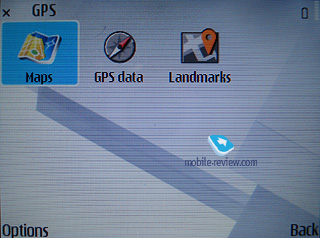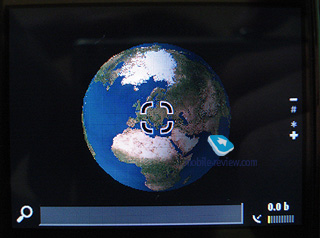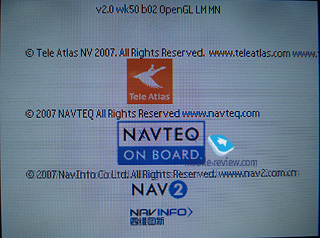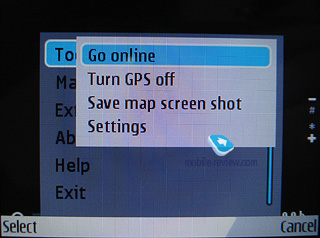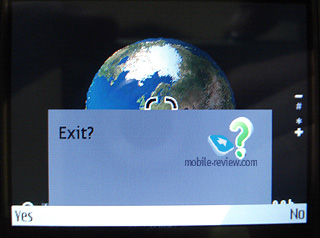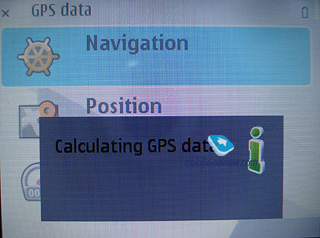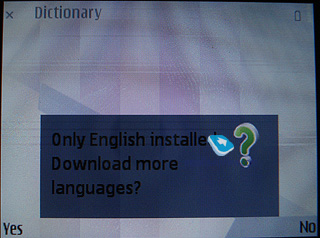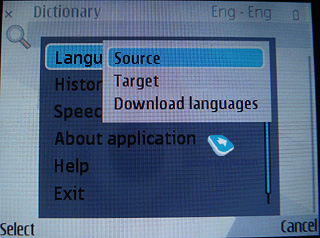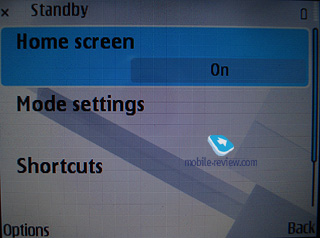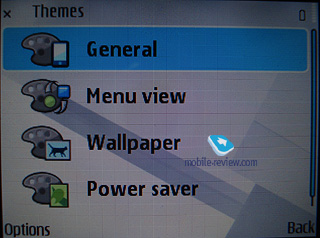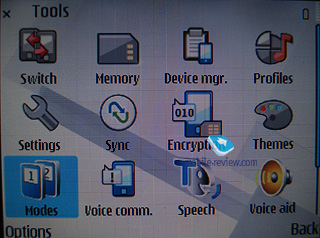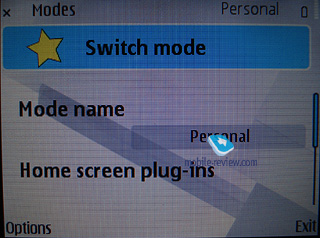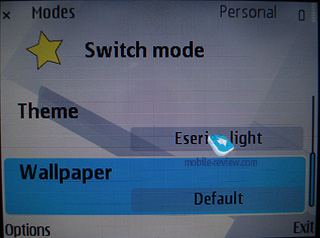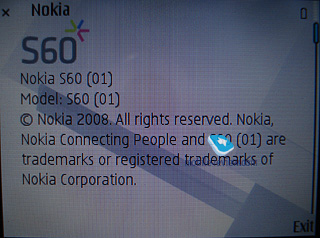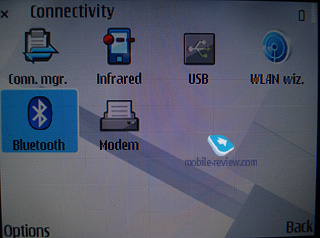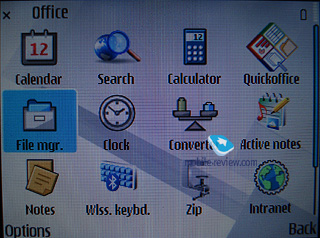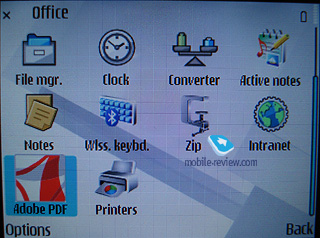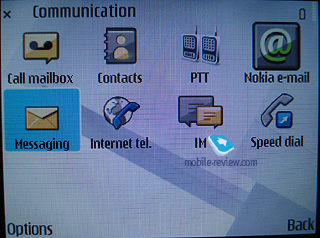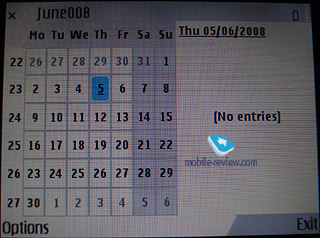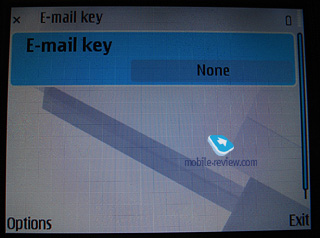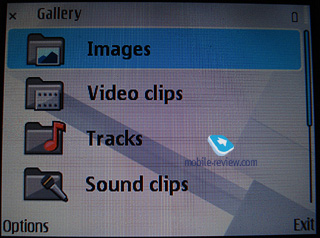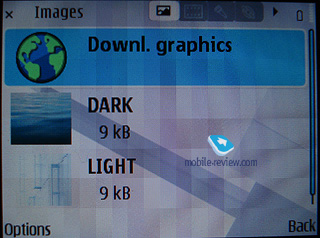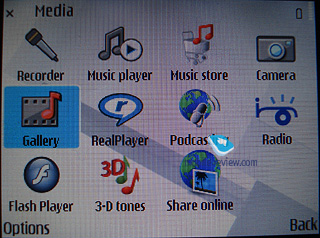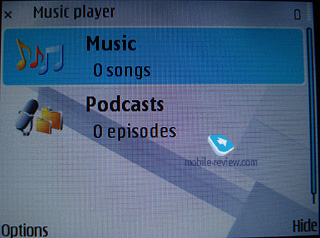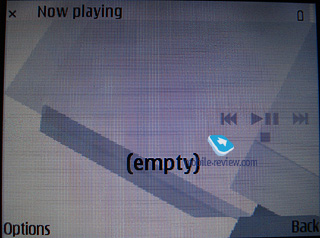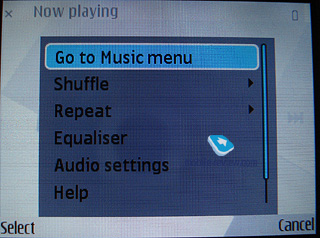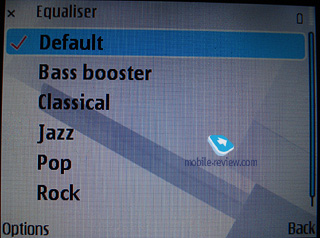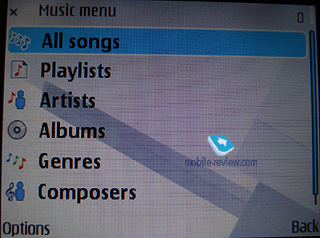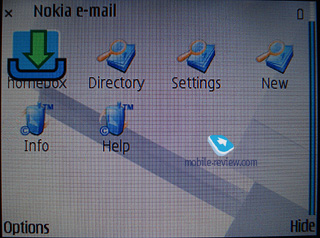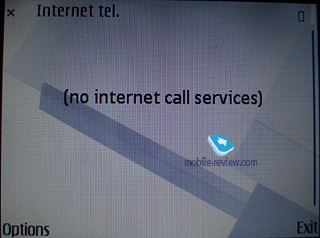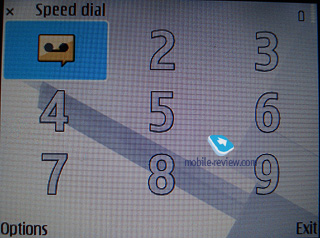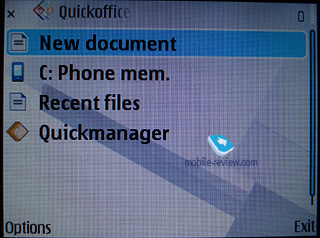When it got outed, the Nokia E61 grabbed a great deal of the audience’s attention, sparked a lot of discussions with polarized opinions and harsh comments. When it landed in most regions, Nokia’s “best enterprise device” wasn’t a wild success by any standards; it had some okay, but not great sales. That was not due to its crucial letdowns or awkwardness, by no means – on the contrary, it was a perfect, or at least very close to that, niche solution for people in the know, who do realize what they need a smartphone for and why its display should have a wide diagonal and how they can setup their email accounts and synchronize them with PC. But more importantly, these people are heavy email users, so their only option to stay on top of things is a mobile device. For this group alone the Nokia E61 has been the ideal way to go for quite a while. Perhaps this is the reason why there is a whole group of people who have changed (several times at that) their Nokia E61 to… another Nokia E61. They settle for any other solution unless it has a “E61” plate on it.
The E61’s update had been schemed a while ago and first bits and pieces of information were leaked long before its official debut. Publicly known as the Nokia E71 it is also codenamed “Leevi”. Its launch event (which will feature the Nokia E66 as well – the Dora for one of the carriers or the Dawn as Nokia has it in their books) is scheduled for June 16th and will take place in two cities simultaneously – London and Singapore. However, in fact both were showcased already back in May at a closed TIM even for dealers – Nokia approved this little demo along with official specs and images. Of course average consumers, who are not overly interested in the intricacies of mobile, missed this event, and it's about time we rectified this.

The Nokia E71 comes with generic S60 specifications, including all applications and extras available with the latest-gen devices. It also features some welcome additional feats, such as the Dictionary application and Maps 2.0 along with a GPS-receiver which automatically means that now it’s a GPS-ready smartphone. But its main selling point is the fact that it’s a QWERTY-enabled device with real thumbboard. All in all, it hasn’t gone far from the E61 on many fronts. Its buttons have been diminished in size, but only a fraction, so the tactile experience hasn’t changed a bit – the E71 is still a breeze to text with. To make sure I carried out an experiment that proved to be a mistake in a way. I handed the E71 over to a friend of mine, who works for a large company and has been an avid user of his E61 (email for the most part). Our deal was that he was to return it in 5-6 days and tell me about his experience. In the end, he rescheduled our meeting a number of times and did everything possible to postpone it and when we actually met he asked me to sell him the E71. When I refused he confessed that at some point in time he even wanted to “lose” it. And naturally, I was extremely curious about that got my friend on the hook to this extent, so that he didn’t want to part with the Nokia E71 regardless of the consequences. As it turned out, the explanation was really simple – he didn’t have to adjust to it, get used to the thumbboard, the E71 offered the same experience. Plus it boasted longer battery time for his usage mode (although only a little bit, with its 1500 mAh battery) and a 3.2 Mpix autofocus-enabled camera, whose shots were good enough to end up even in presentations. The bundled GPS was of no real use to him, but he still felt good about having this nice feat right at his fingertips.
That’s pretty much the way everyone’s impressions of the Nokia E71 going to look like when they hop on it from their E61 – in fact, these two are in the same league, and share the look and feel qualities, plus the senior solutions takes the idea one step further all thanks to new abilities. As a rule feature phones can’t offer this degree of succession in terms of ergonomics, design and basic functionality between two different generations. However in this case the conservatism of enterprise users, be it real or far-fetched, has helped Nokia come up with a successor to the E61 that is in fact the same thing but in a different wrapping, which is obviously a very good thing.
It wouldn’t be right to compose a review based on the prototype I spent some quality time with, so today I’d like to give you a better general idea of what the E71 is, and share some of my personal impressions. As far as the latter go, it’s a true marvel in terms of battery time when you disable its WiFi connectivity, ditch GPS functionality and only use the E71 for calls – in this case it may well last around 5 days. But yet again, GPRS/EDGE data sessions will shrink this time. As for other calling features, the E71 improves upon the E61 big time – not only does it bring up contacts faster, it also allows you to find a phone number, contact and send him a messages in a pair of key-presses.

The E71’s not a multimedia-heavy device, it doesn’t have any bells and whistles on this front, its abilities are limited to the bog-standard player, single loudspeaker (which is pretty loud, in some cases even better that the E61’s). Undoubtedly, nothing cripples its multimedia performance in a big way – the fact is, you still can use it for music or video, but it won’t be that much of a powerhouse like specialist devices. The Nokia E71 comes equipped with a widescreen QVGA display, which is handy in most key applications (mail and organizer).
The build quality of the E71 is supreme – metallic rear, robust feel in the hand and also well-protected sockets.
Is there anything else about the E71, beyond it carrying over a whole lot from the predecessor? Definitely yes. It’s the first Eseries-branded device ever to boast the Mode functionality. In a nutshell, it’s a mobile version of the latest PC craze – virtual desktops. That is, you make up a couple of screens, where various themes, pictures, applications, plug-ins and other essentials are housed/used. And then you can swap between them in one touch, so that it’s always easy to jump between your setup for work with mail and notifications brought up on the main screen and the home setup with a different theme applied (without your company’s logo or colors) and player controls lined up on the screen instead of email notifications.
Another change of note – the E71’s ability to encrypt data both on the memory card (microSD of any size) and the handset’s internal memory. And this saves you a whole lot of trouble should you smartphone end up in some villain's hands, who does know how to break a standard password. On the other hand, if you forget the password yourself, you won’t be able to recover the data, which will be a pity, but all systems of this kind have this glitch. Enterprise users will surely appreciate the Intranet application that offers the VPN-client settings, nothing out of the ordinary, though.
The Nokia E71 is no revolution, however its core features have been beefed up a little bit – its mail has been enhanced, phonebook and some other applications got a boost. The only negative is that MS Office documents are still handled exclusively by QuickOffice (although many are quite content with it).
Nokia is going to announce that they have already started shipping the E71 on its debut day. But at the end of the day, it won’t be much different from the Nokia N82, when it was dubbed as “now shipping”, although there was no place in the world where one could get it. It will take the Nokia E71 quite a while to get to the market (distributors and carriers) – around 4-5 weeks. So from week 25 to 29 it won’t be readily available, and starting late July you will be able to grab it from just about any local store. The E71’s estimated retail price is 375 Euro (before subsidies); on the other hand, though, price is not the corner store for this handset’s audience. Nokia has struck gold with the E71 and it will definitely enjoy some nice sales – yet again, it won’t be a best seller but will conquer the hearts of its audience hands down.

























